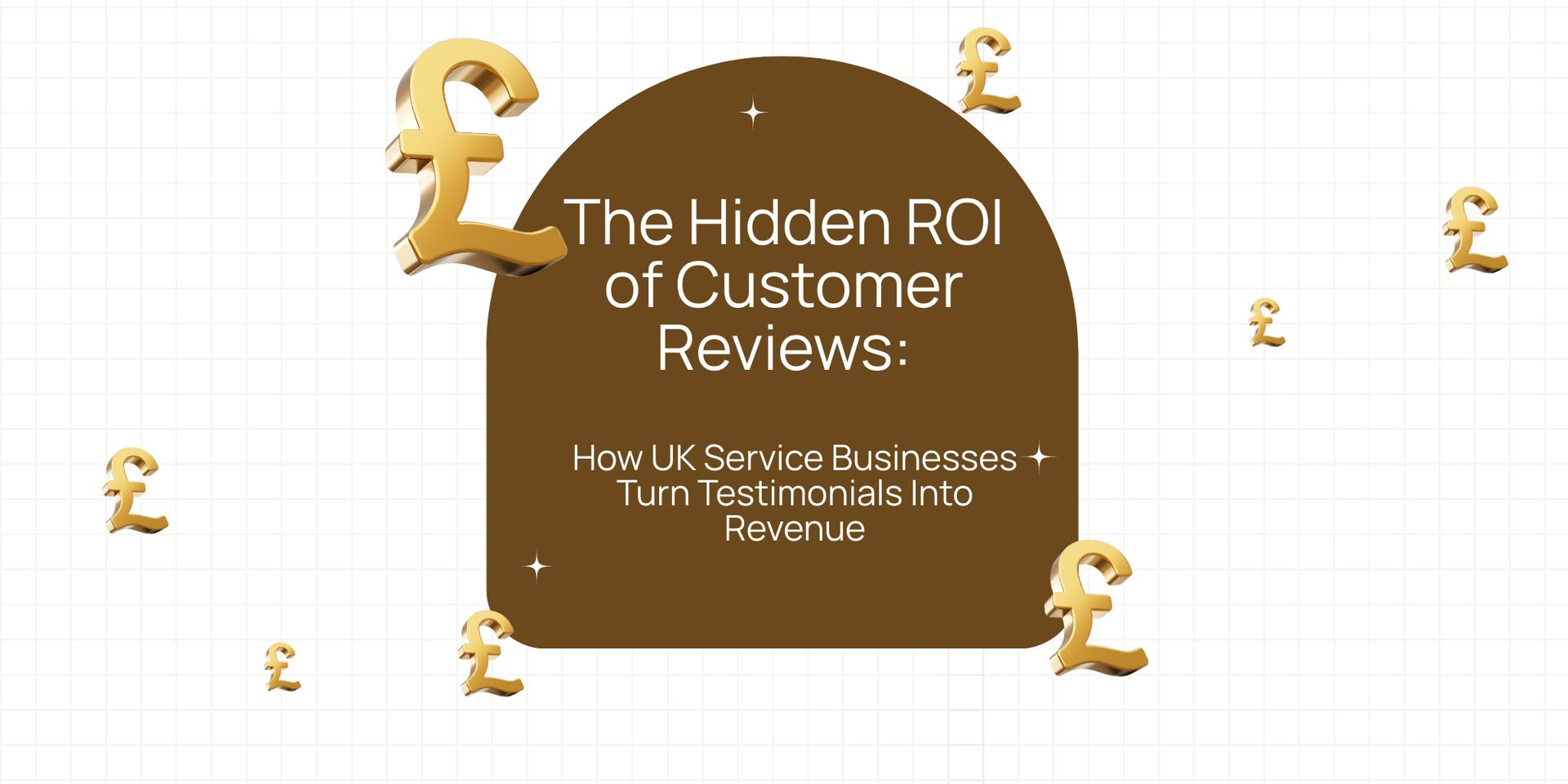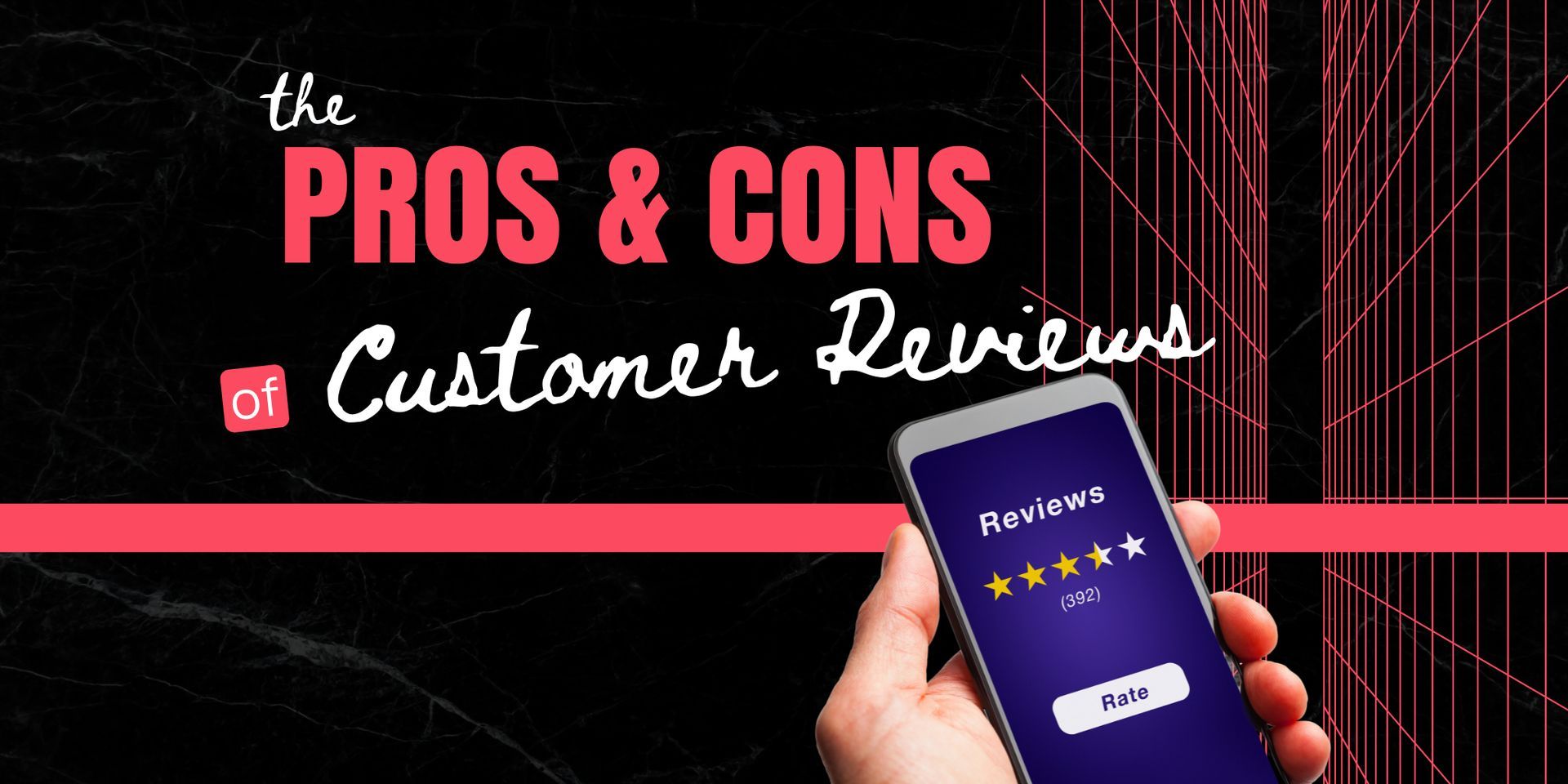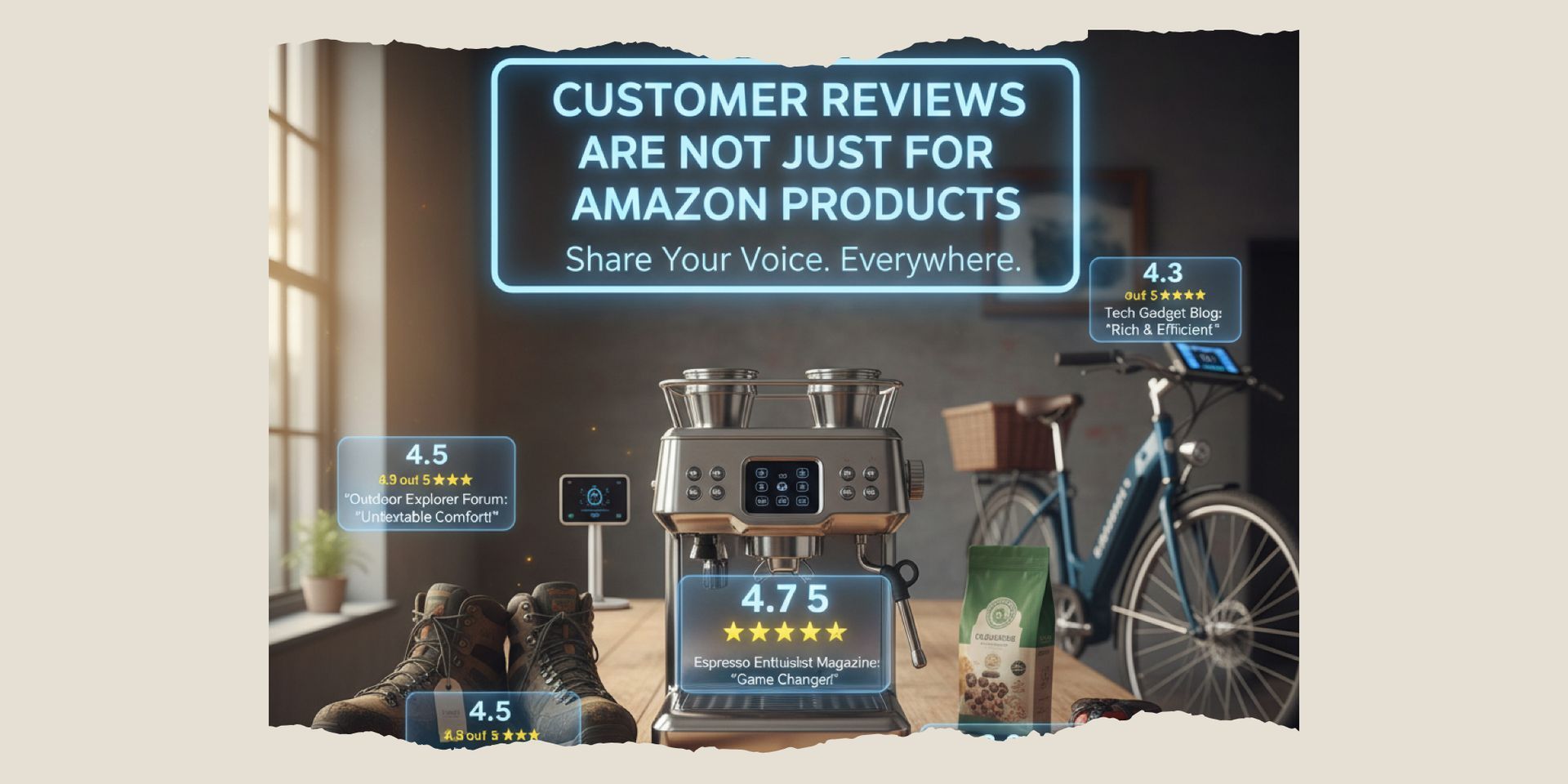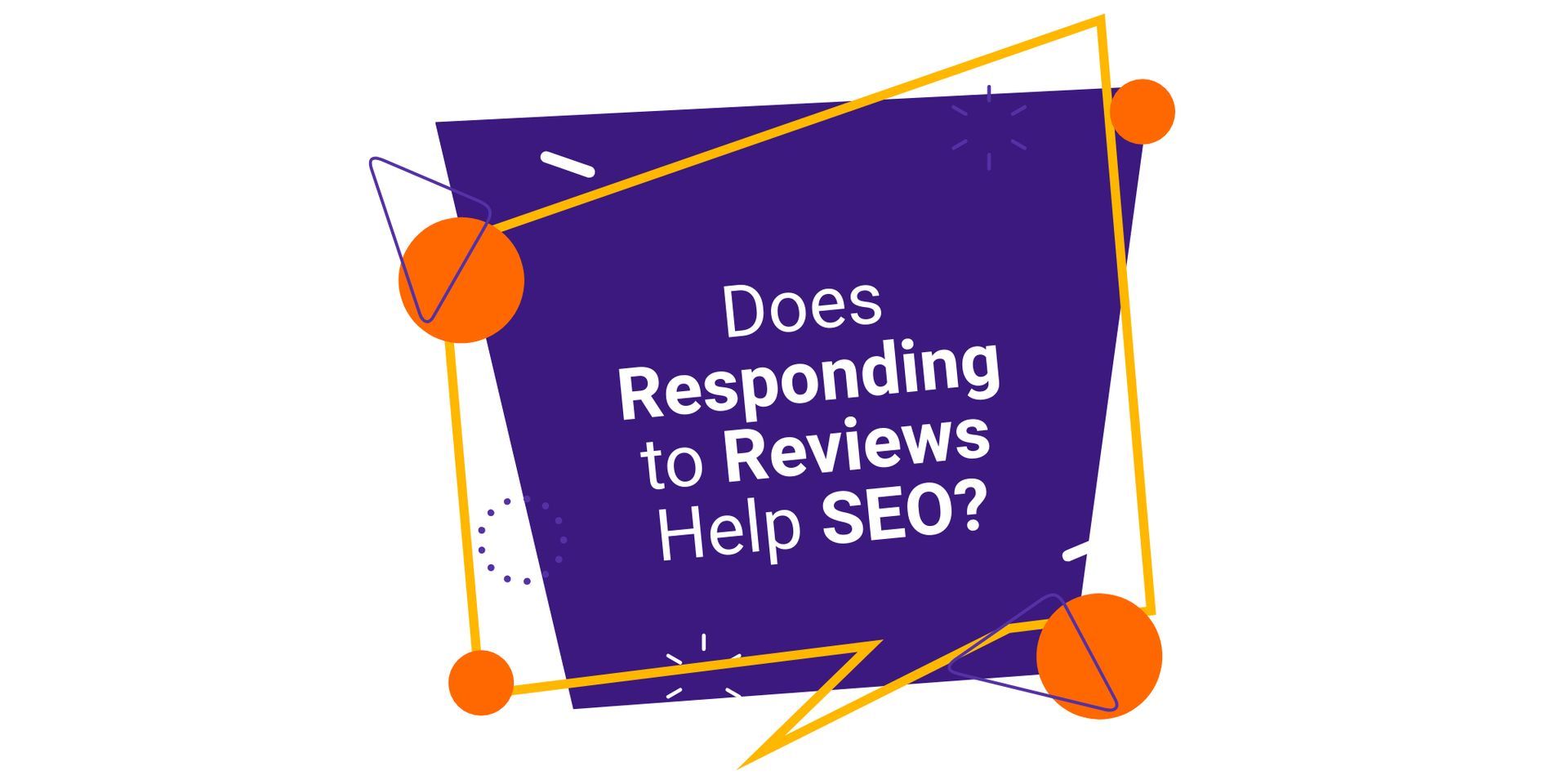Common Pitfalls to Avoid When Responding to Bad Reviews
How you handle bad reviews can actually strengthen your reputation
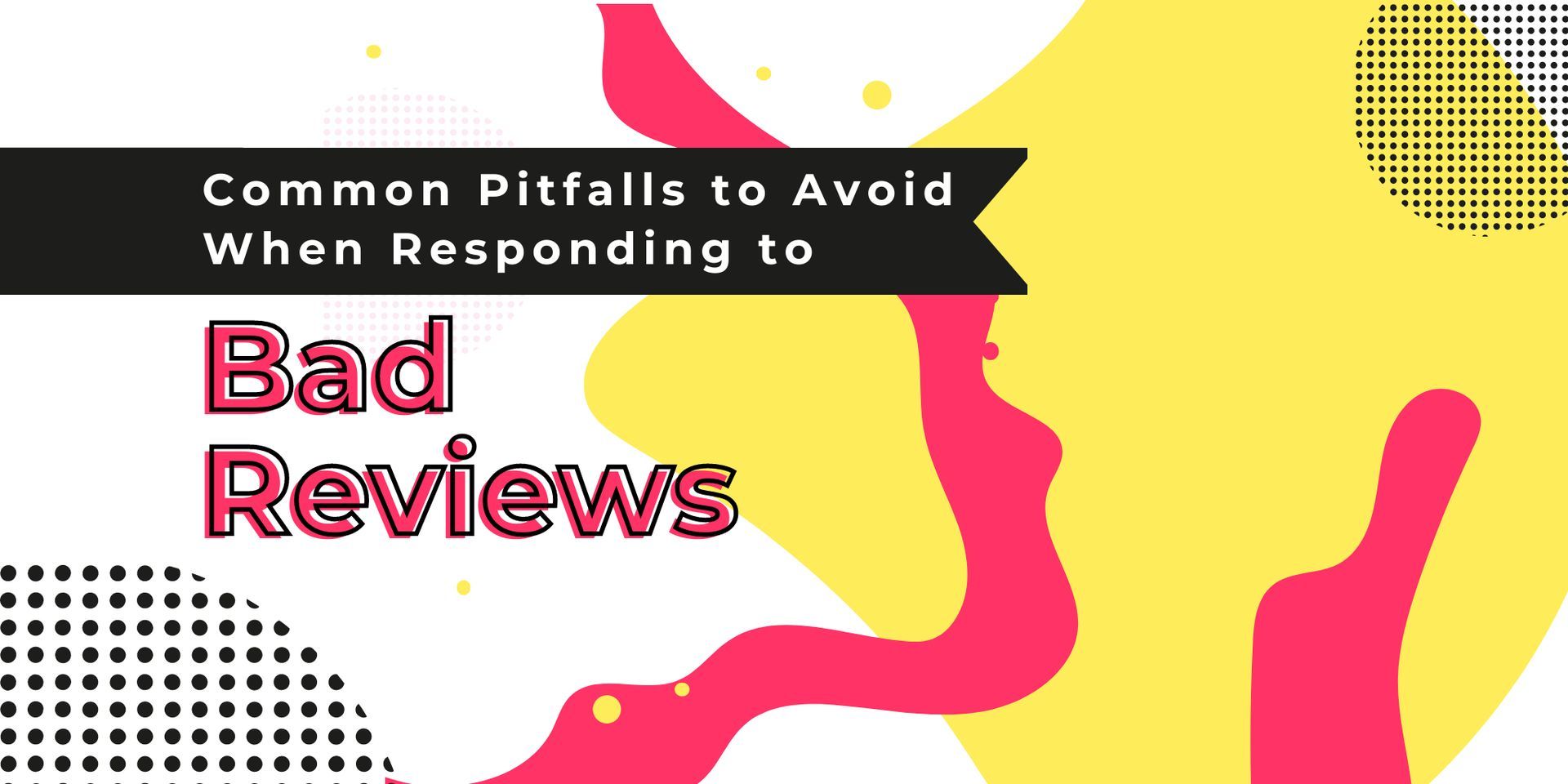
Receiving a bad review can feel like a punch to the gut.
Trust me, every business owner knows that sinking feeling when they see that dreaded one or two-star rating pop up. Your first instinct might be to ignore it or fire back, but both approaches can backfire spectacularly.
After working with hundreds of local businesses, I've seen the same mistakes happen time and time again.
The good news?
They're all completely avoidable once you know what to watch out for.
The "Defensive Denial" Trap
The Mistake: Immediately jumping into defence mode with responses like "That's not true!" or "This customer is lying!"
I watched a local garage door company do exactly this last year. A customer complained about a delayed installation, and the owner's response started with "This is completely false..." The problem?
Even if the customer got some details wrong, the defensive tone made the business look unprofessional to everyone reading.
What to do instead: Acknowledge their experience first, even if you disagree with their version of events.
Something like "I'm sorry you had this experience with us" goes much further than outright denial.
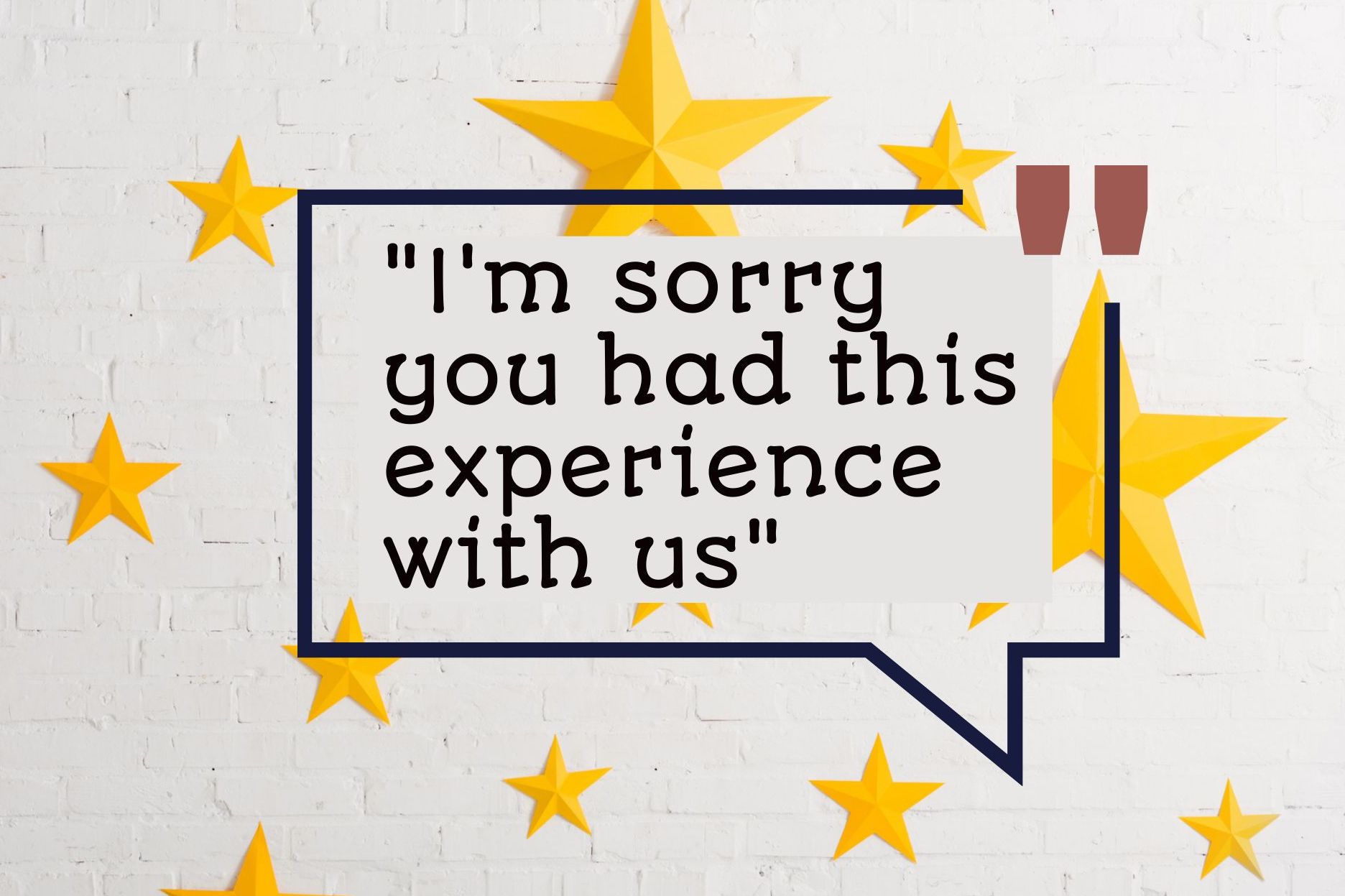
Getting Personal or Emotional
The Mistake: Letting emotions drive your response, especially when the review feels unfair or personal.
A physiotherapy clinic once responded to a negative review by questioning the customer's character and bringing up irrelevant details about their treatment history.
Not only did this look petty, but it also raised serious privacy concerns.
What to do instead: Take a step back before responding.
If you're feeling heated, write your response in a draft first, then come back to it with fresh eyes after a night's sleep. Keep it professional, factual, and focused on solutions.
The "It's Not Our Fault" Response
The Mistake: Shifting blame to suppliers, staff members, or circumstances beyond your control.
I've seen companies blame material delays, point fingers at manufacturers, and business owners throw their staff members under the bus.
While these might be valid explanations, they make your business look like it doesn't take responsibility.
What to do instead: Own the customer's experience, regardless of the underlying cause. "We understand how frustrating this delay must have been" works better than "Our supplier let us down."
Ignoring Reviews Completely
The Mistake: Thinking that if you don't respond, the problem will go away.
A local company in Braintree had accumulated dozens of reviews over two years - both positive and negative - without responding to a single one.
When potential customers see this, they assume the business doesn't care about customer feedback.
What to do instead: Respond to every review, good or bad. It shows you're actively engaged with your customers and value their feedback.
Over-Explaining or Writing Essays
The Mistake: Turning your response into a novel that explains every detail of what went wrong and why.
A company was known to have wrote a 400-word response to a two-line complaint.
They detailed their entire process, explained supply chain issues, and even mentioned staff holidays. It was overwhelming and made them look disorganised.
What to do instead: Keep responses concise and focused.
Acknowledge the issue, apologise if appropriate, and offer a solution. Save the detailed explanations for private conversations.
Making Promises You Can't Keep
The Mistake: Offering unrealistic solutions or commitments in your public response just to look good.
An osteopath promised a full refund and free future treatments in response to a negative review, then couldn't follow through due to their clinic's policies.
This created an even bigger problem when the customer publicly called them out.
What to do instead: Only offer what you can actually deliver. If you need to discuss specific solutions, invite the conversation offline:
"Please contact us directly so we can discuss how to make this right."

Using Template Responses
The Mistake: Copy-pasting the same generic response to every negative review.
Nothing screams "we don't actually care" like seeing identical responses across multiple reviews.
Customers notice this immediately, and it makes your business look lazy and impersonal.
What to do instead: Craft individual responses that address the specific concerns raised in each review.
It takes more time, but it shows genuine care and attention.
Asking Friends and Family to "Balance Out" Bad Reviews
The Mistake: Encouraging people who haven't used your services to leave positive reviews to counteract negative ones.
This might seem harmless, but fake reviews are easy to spot and can get your business in serious trouble with review platforms.
Plus, savvy customers can usually tell when reviews aren't genuine.
What to do instead: Focus on encouraging legitimate customers to share their experiences.
The best way to handle bad reviews is to have plenty of authentic positive ones to provide balance.

Getting Into Public Arguments
The Mistake: Turning the review section into a back-and-forth argument with the customer.
I've seen this escalate quickly, with business owners and customers exchanging multiple replies that get increasingly hostile.
It's like watching a car crash - everyone stops to look, but nobody wants to get involved with either party.
What to do instead: Make your initial response, then take the conversation private. "We'd like to discuss this further - please call us at [number] or email [address]."
The Right Way Forward
Bad reviews aren't the end of the world. In fact, how you handle them can actually strengthen your reputation if you do it right.
Potential customers will always understand that no business is 100% perfect, but they want to see that you care about making things right.
I hope the above article was of interest and you found it useful.
If you need our help, then please arrange a call with me.


